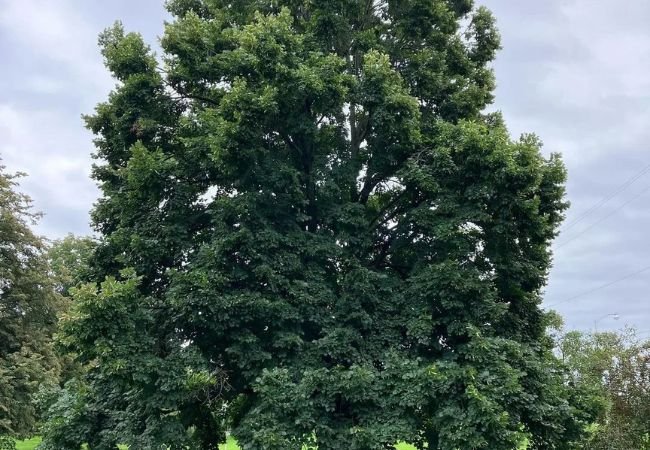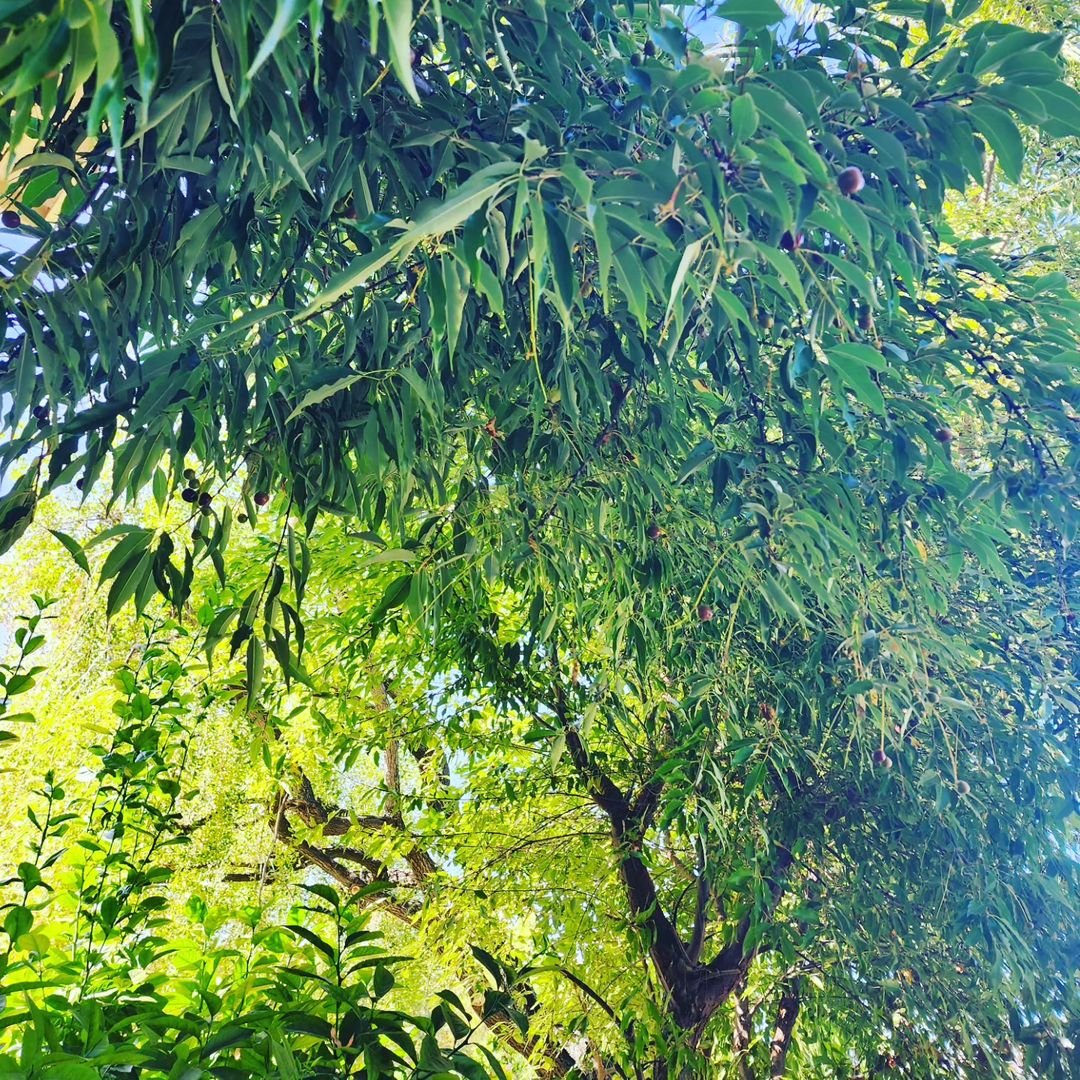Explore 20 fascinating trees starting with B! From the mighty Birch to the exotic Baobab, discover their unique features, uses and interesting facts. Perfect for nature enthusiasts, gardeners and curious minds of all ages.
Trees are amazing. They clean our air, give us shade and make our world more beautiful. Today, we’re going to explore 20 trees whose names start with the letter B. Some might be familiar, while others could be new discoveries. Let’s learn about these trees together!
1. Birch Tree
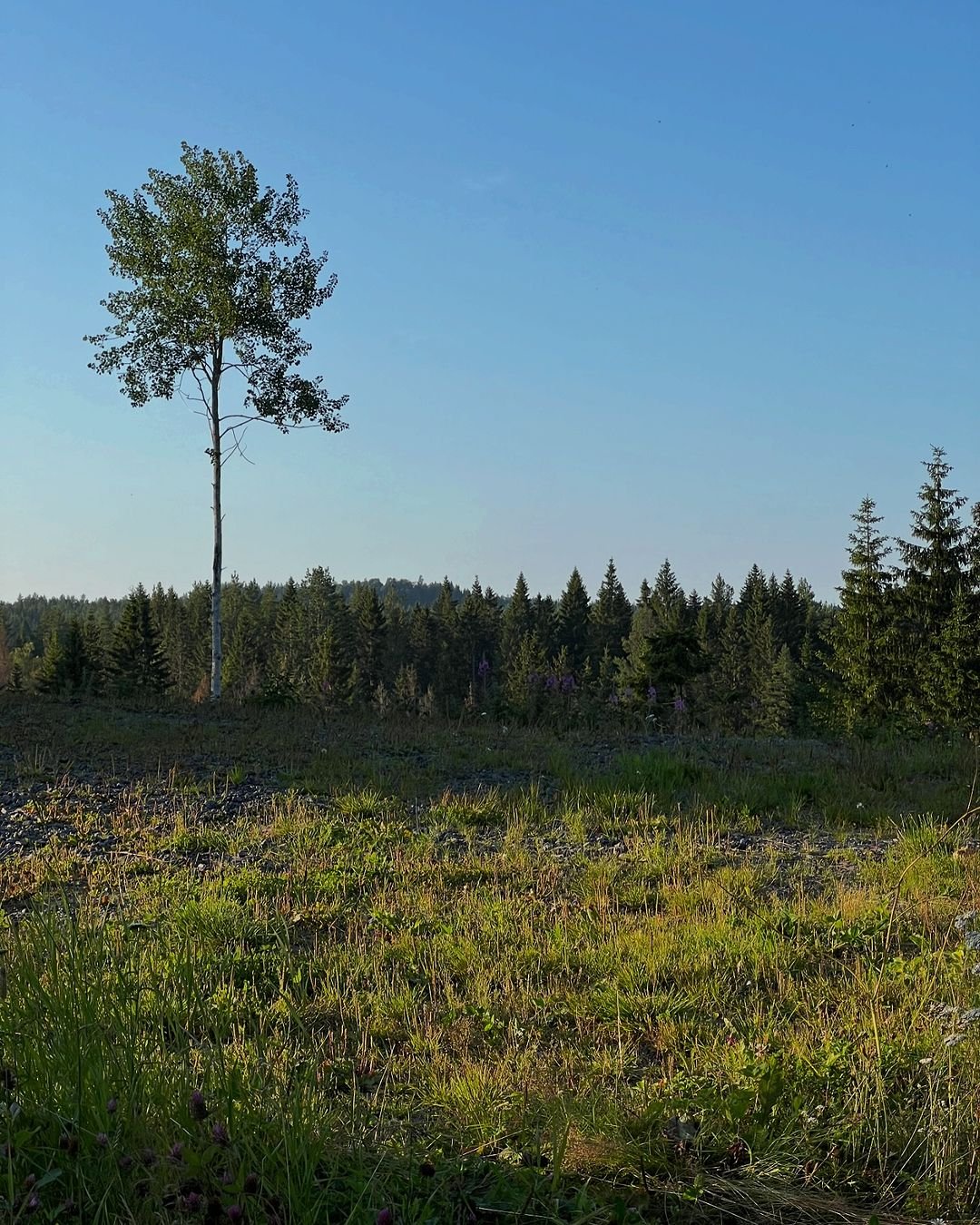
Birch trees are easy to spot with their white bark that peels off in thin layers. Native Americans used birch bark to make canoes. These trees grow well in cold places and can handle tough weather. Birch trees are also important for many animals, providing food and homes. Learn more about birch trees from the U.S. Forest Service.
2. Beech Tree
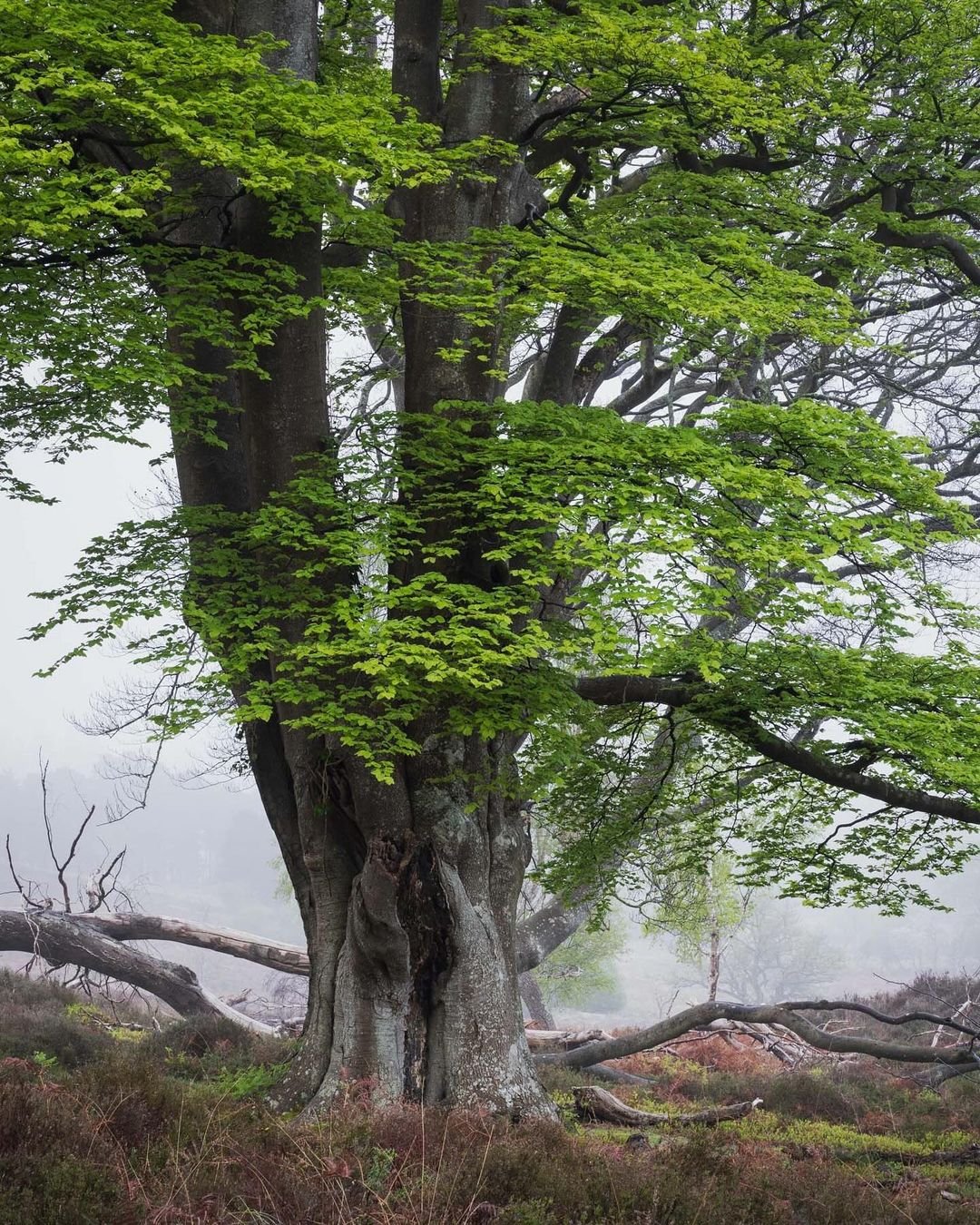
Beech trees have smooth, gray bark and can grow very tall. Their nuts are food for many forest animals. In fall, beech leaves turn a pretty golden color. These trees can live for a long time, sometimes over 300 years! Discover beech tree facts from the Arbor Day Foundation.
3. Bald Cypress
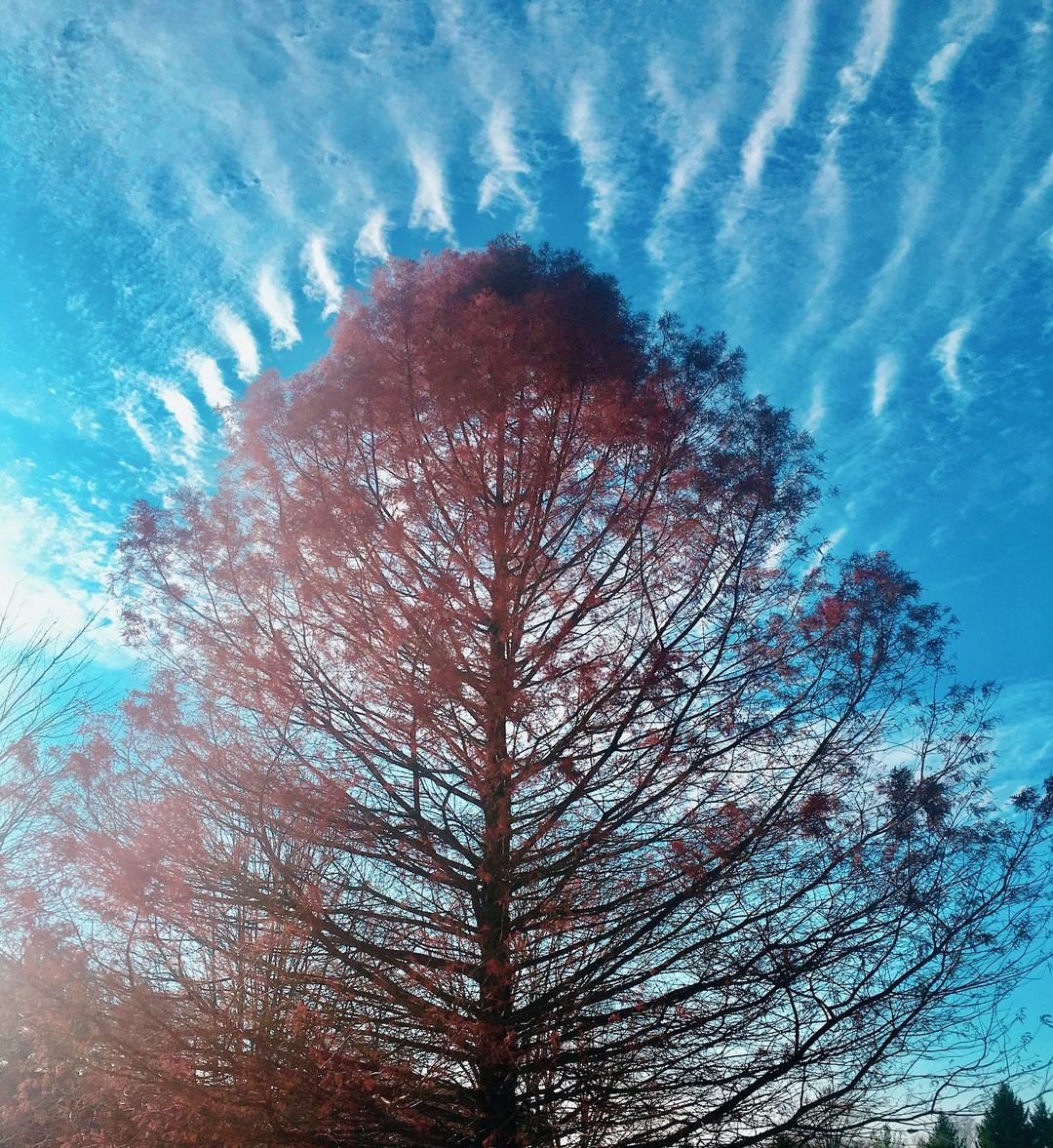
Don’t let the name fool you – these trees aren’t really bald! They’re called “bald” because they lose their leaves in winter. Bald cypress trees love water and often grow in swamps. They have “knees” that stick up from their roots, which help them breathe in wet soil. Explore bald cypress ecology from the University of Florida.
4. Banyan Tree
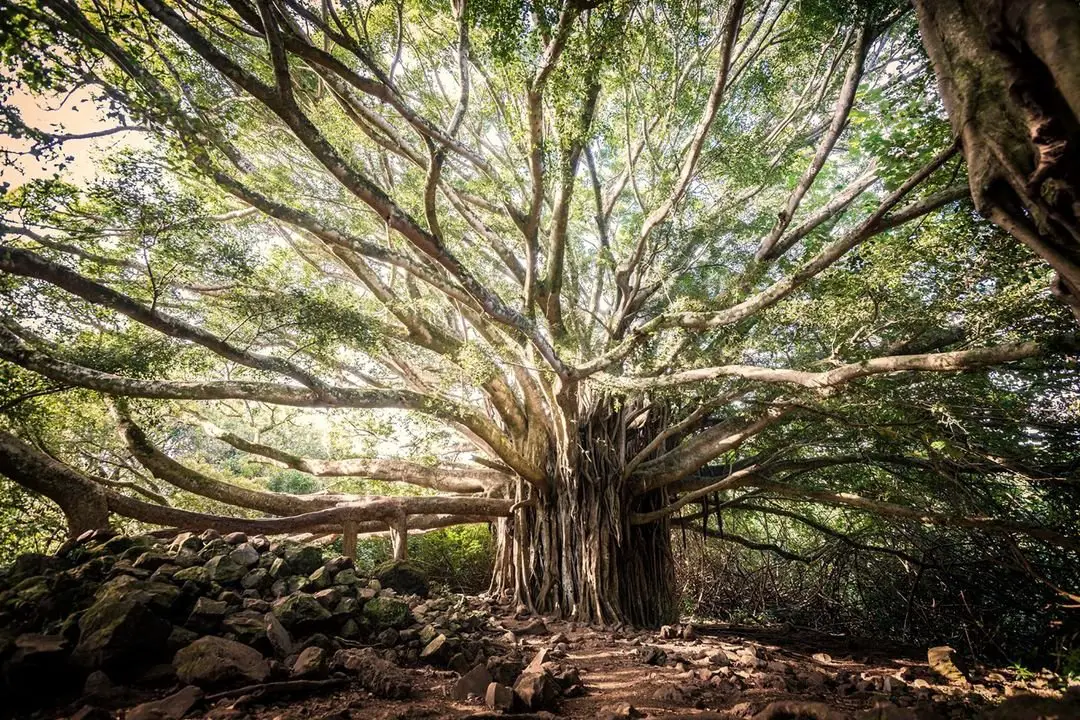
Banyan trees are amazing. They start growing on other trees or buildings and send roots down to the ground. These roots become new trunks and a single tree can spread over a large area. In India, some banyan trees are so big that hundreds of people can stand under them!
5. Buckeye Tree
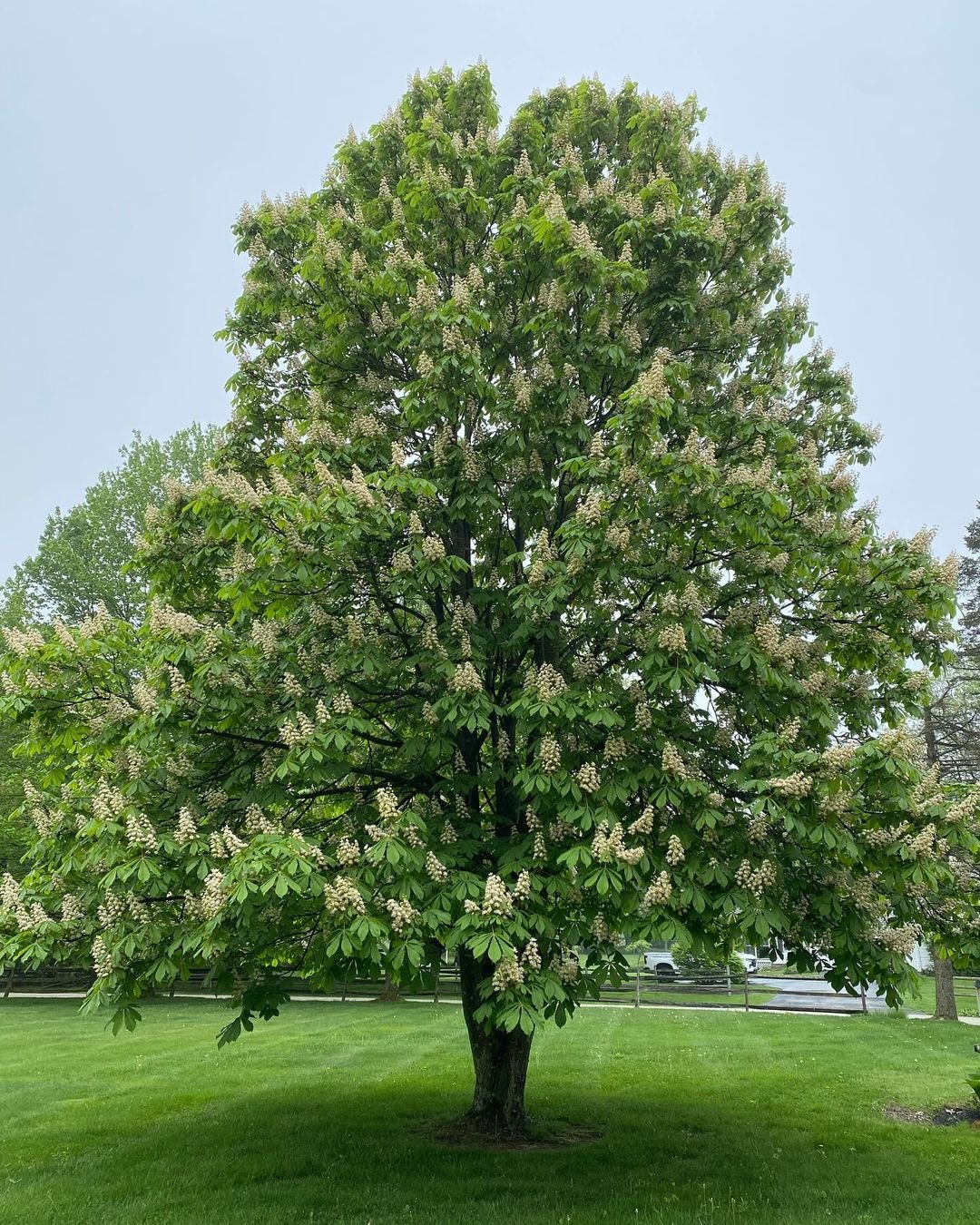
Buckeye trees get their name from their nuts, which look like deer eyes. These nuts are poisonous to eat, but some people carry them for good luck. Buckeye trees have pretty flowers in spring and big leaves that look like hands. Read about Ohio’s state tree, the buckeye, from Ohio State University.
6. Boxelder
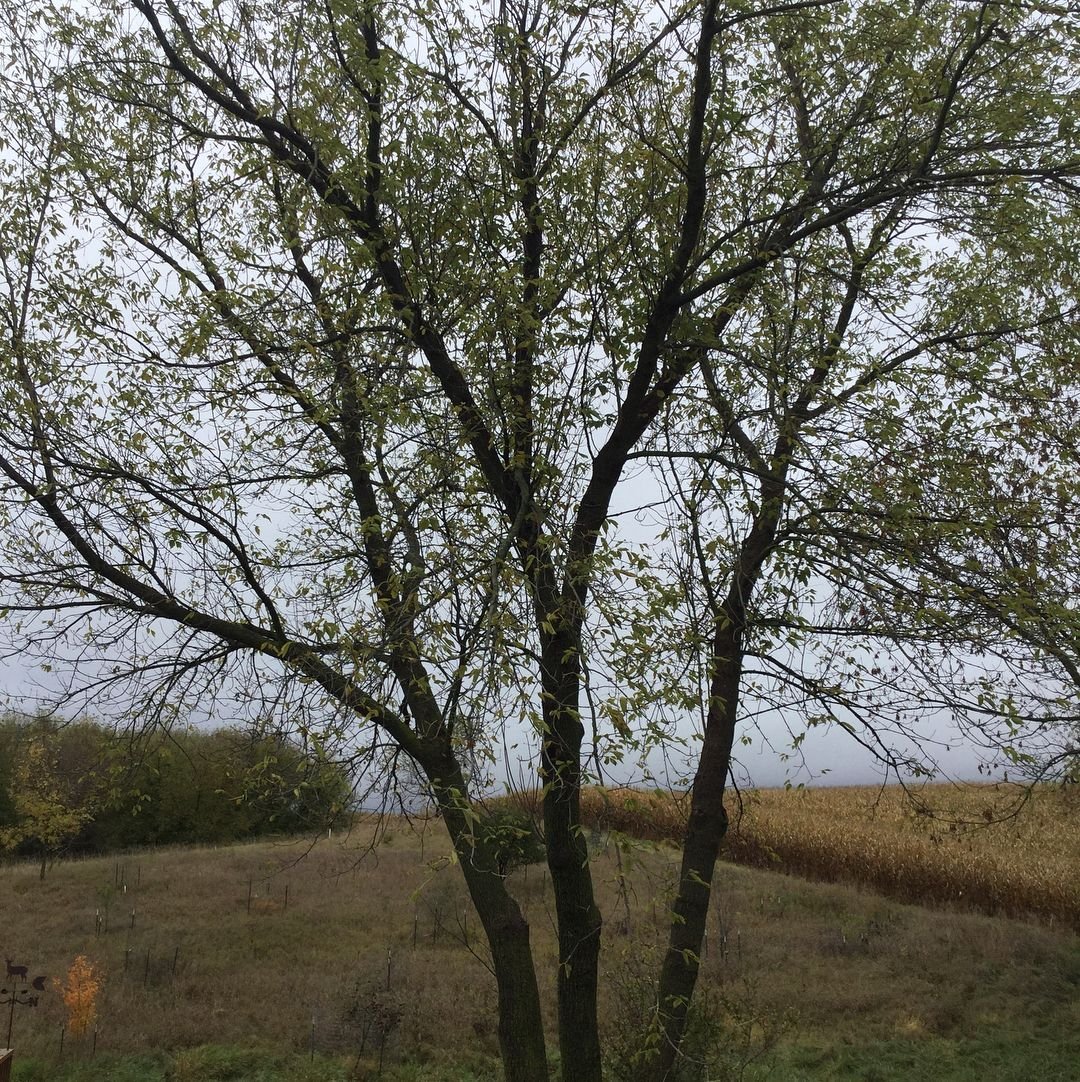
Boxelder is a type of maple tree. It grows fast and can live in many different places. Some people don’t like boxelders because they attract boxelder bugs, but these trees are tough and help prevent soil from washing away.
7. Black Walnut
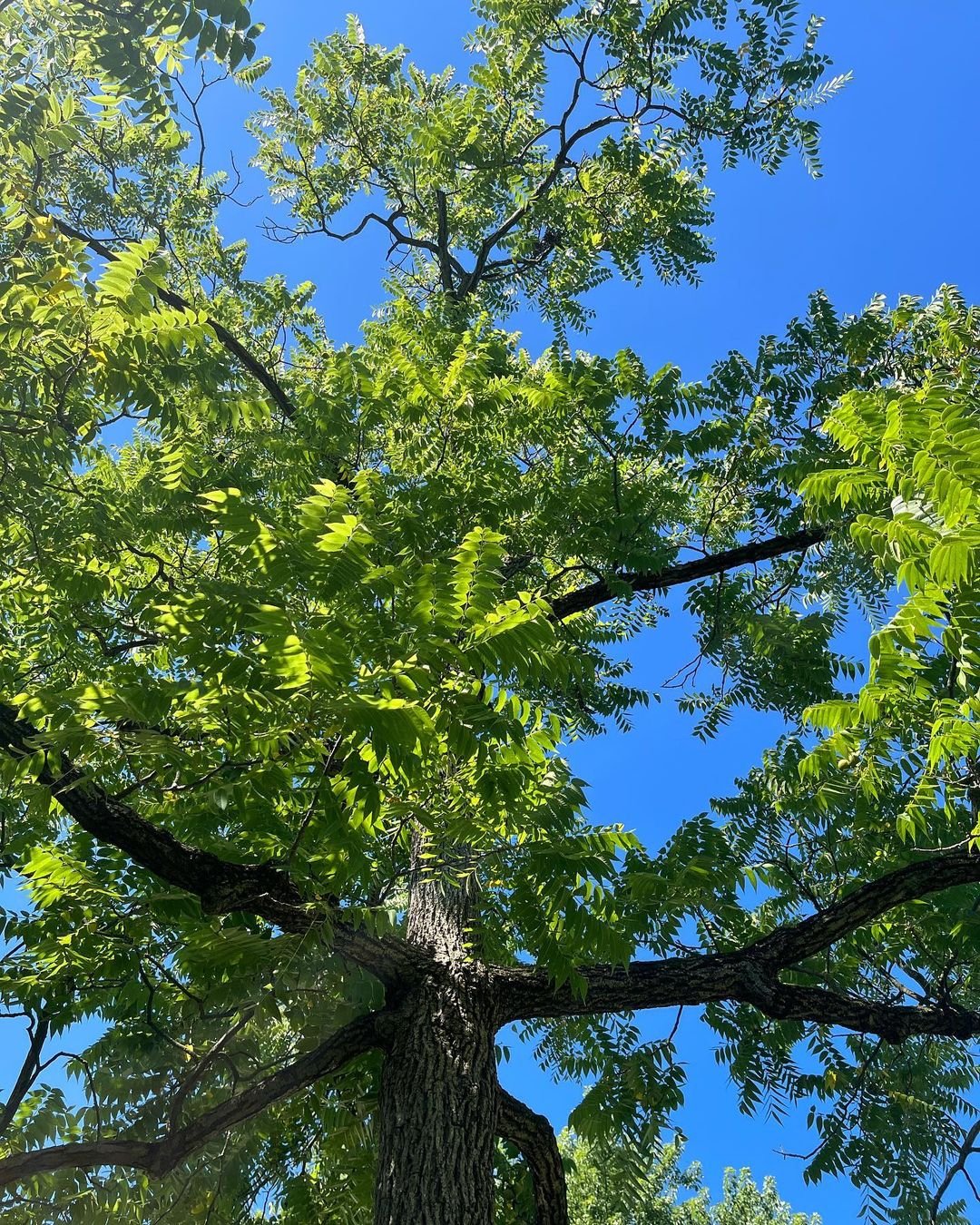
Black walnut trees give us delicious nuts and beautiful wood. Their wood is dark and strong, often used to make furniture. These trees release a chemical that stops some other plants from growing nearby – it’s like they’re protecting their space! Learn about black walnut from the USDA.
8. Blue Spruce
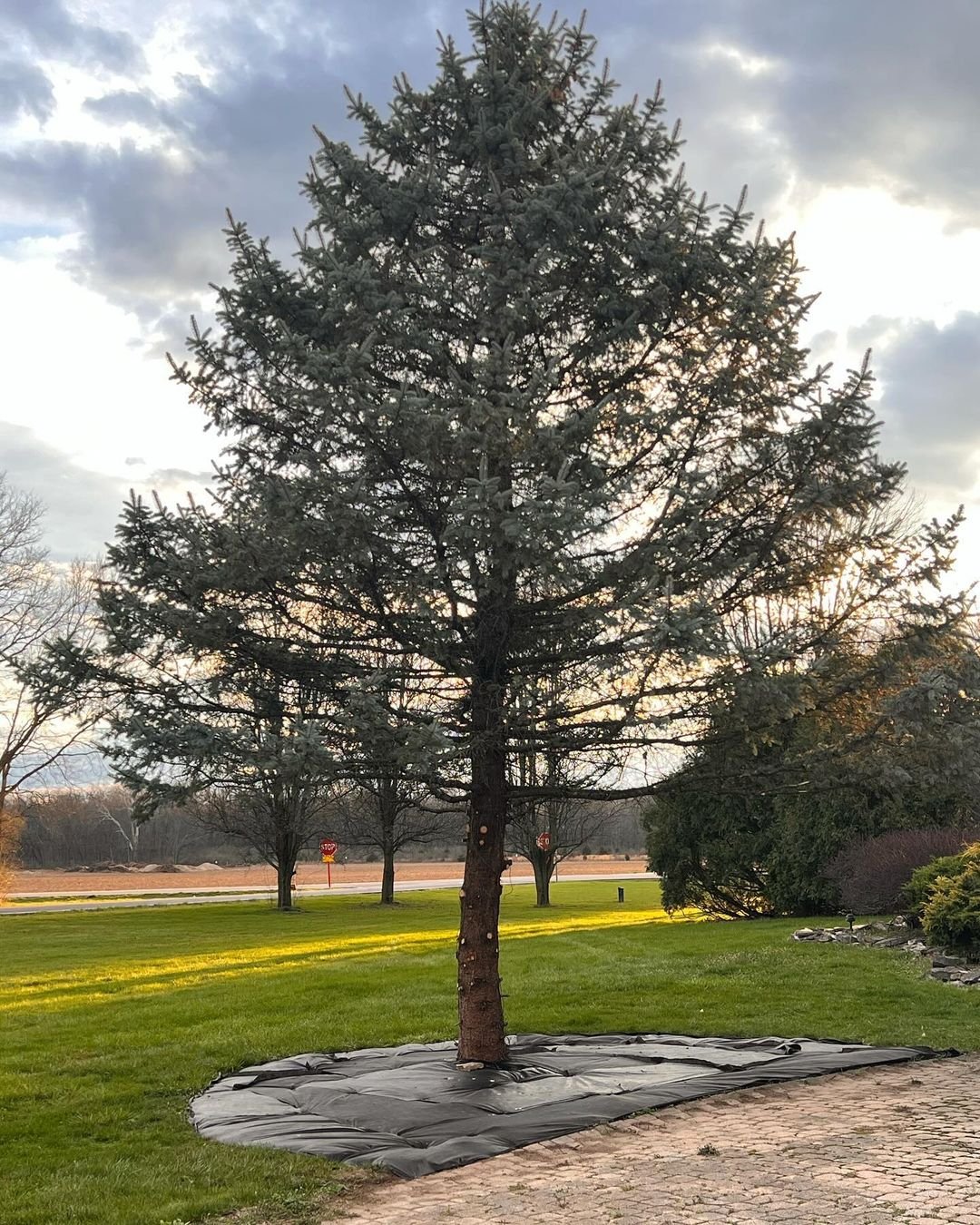
Blue spruce trees are popular for Christmas trees. They have a blue-green color that makes them stand out. These trees grow naturally in the Rocky Mountains but are now planted in many places because people like how they look. Discover blue spruce care from Colorado State University.
9. Baobab Tree
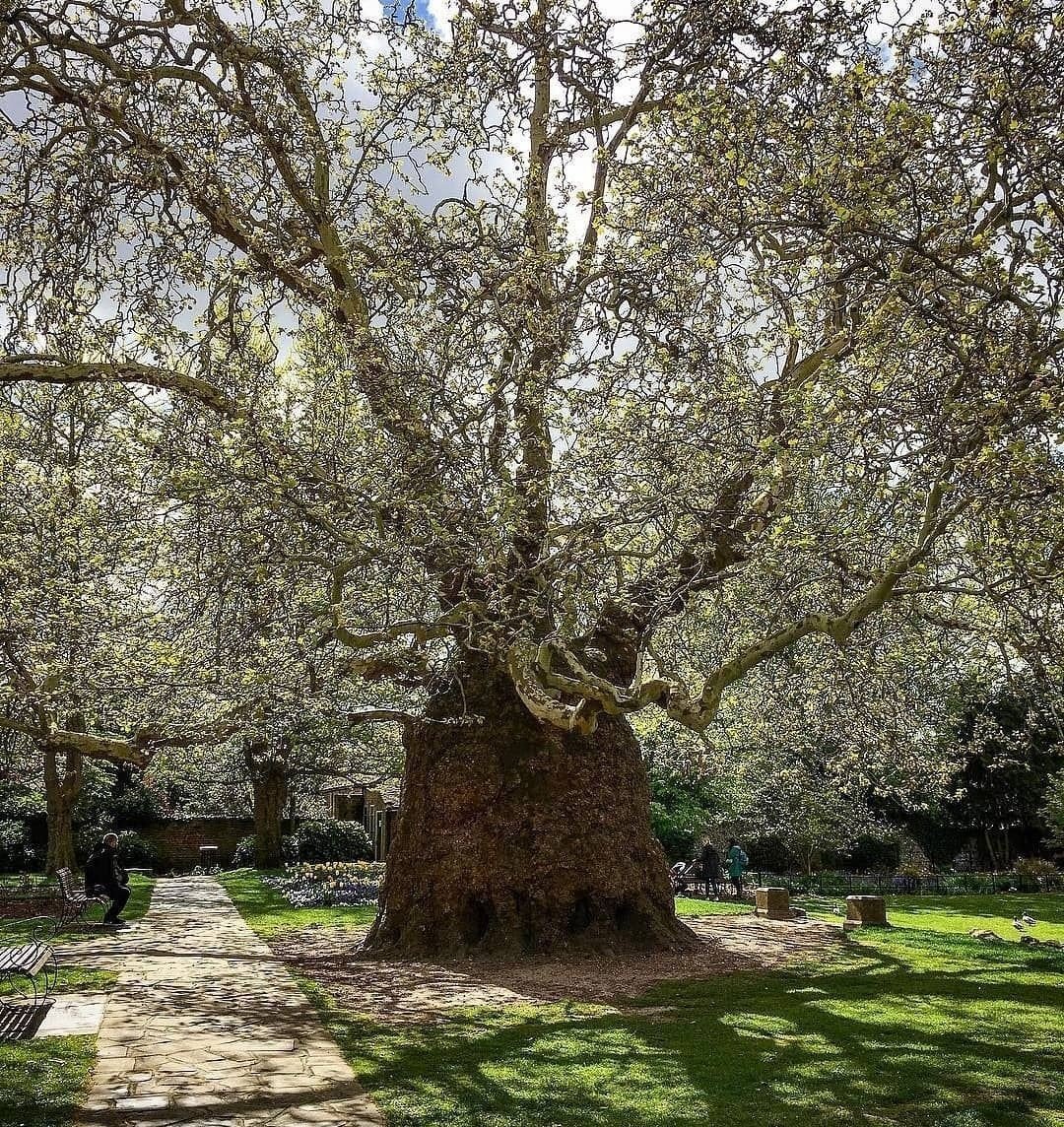
Baobab trees look like they’re growing upside down, with branches that look like roots reaching for the sky. They can hold a lot of water in their thick trunks, which helps them survive in dry places. Some baobab trees are over 1,000 years old!
10. Bottlebrush Tree
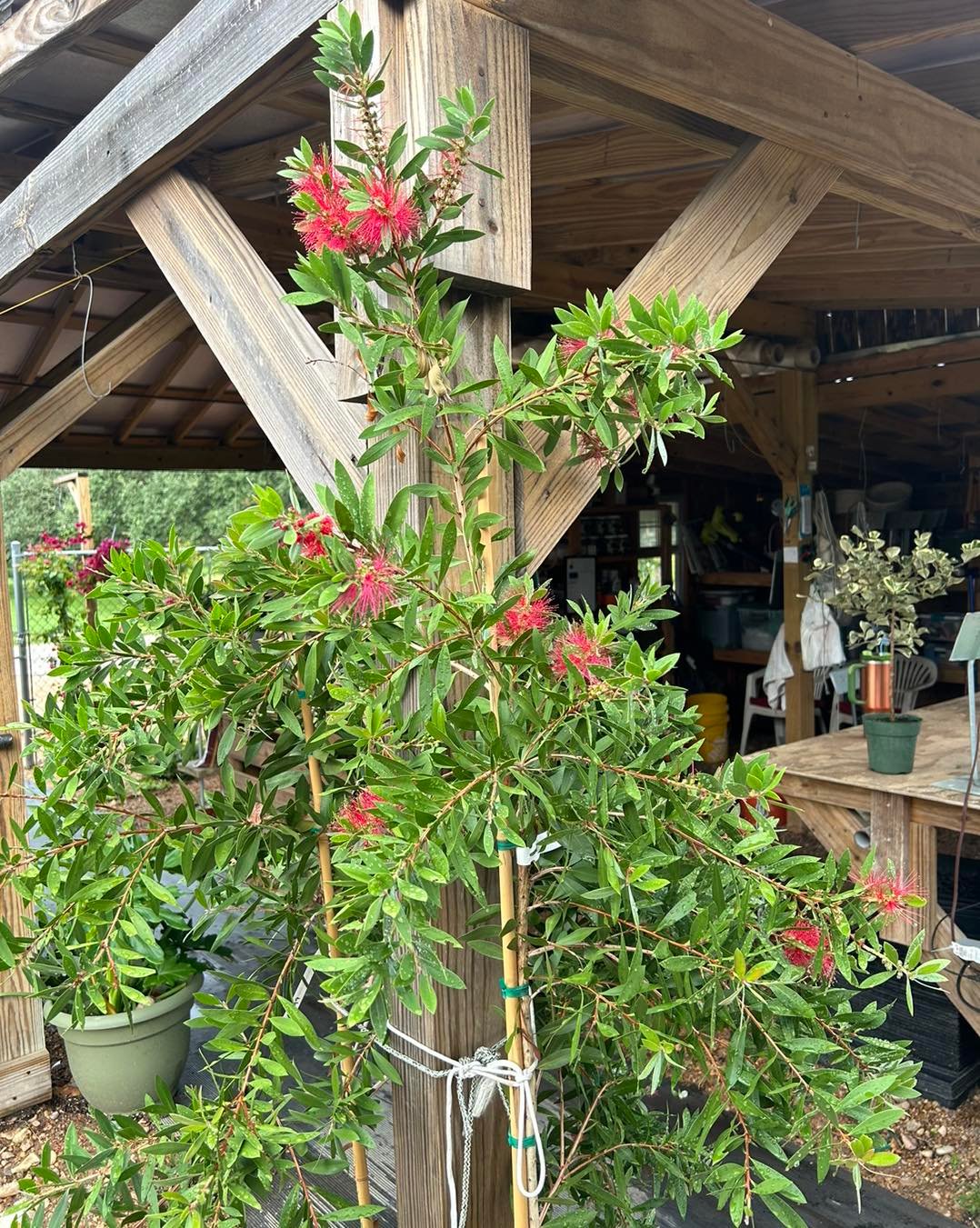
Bottlebrush trees get their name from their flowers, which look like the brushes used to clean bottles. These flowers are usually bright red and attract birds and butterflies. Bottlebrush trees are from Australia but now grow in many warm places.
11. Butternut Tree
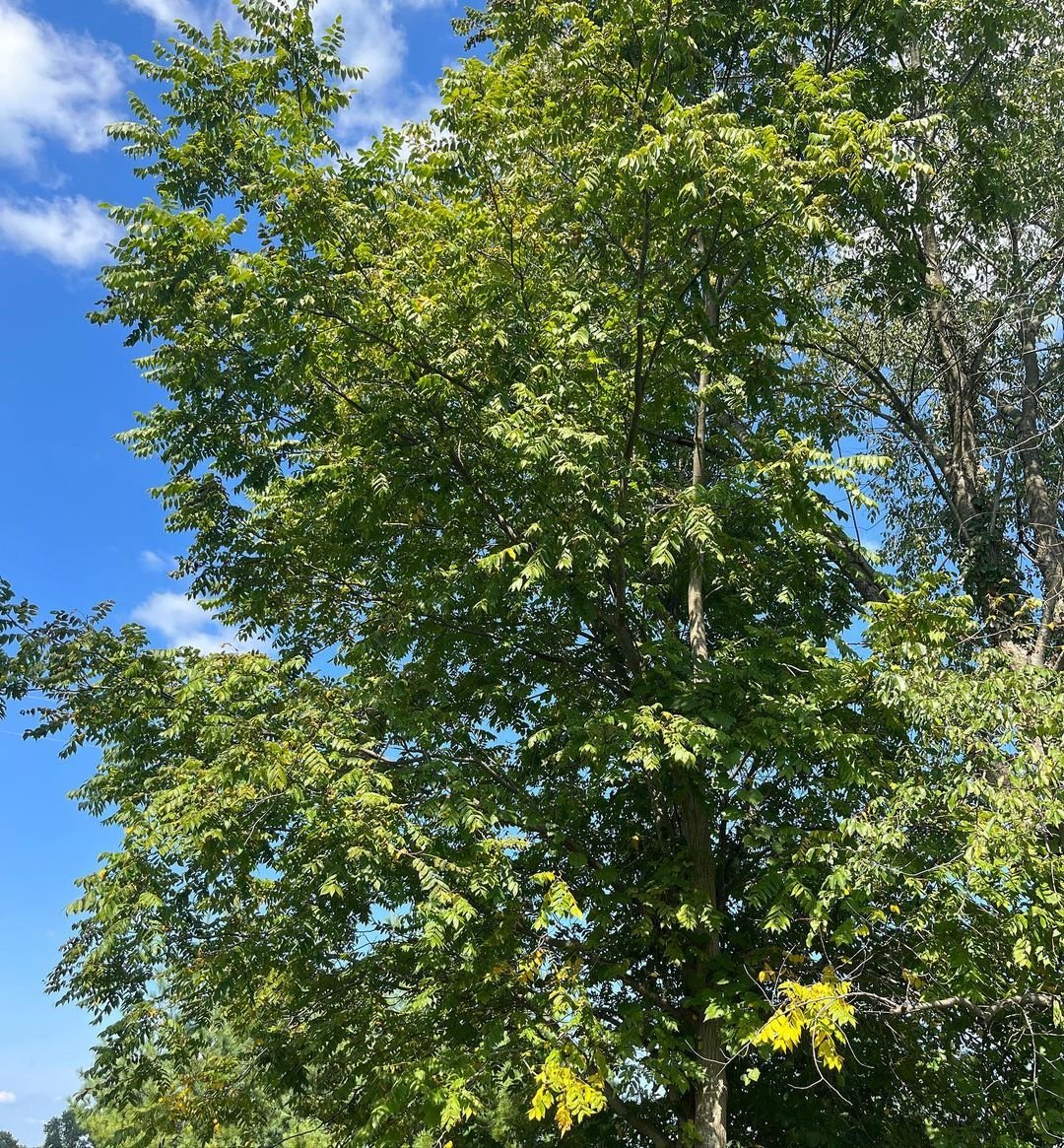
Also called white walnut, butternut trees give us tasty nuts. Their wood is soft and easy to carve. Sadly, many butternut trees are getting sick from a disease, so they’re becoming rare in some forests. Learn about butternut conservation from the U.S. Forest Service.
12. Bay Laurel
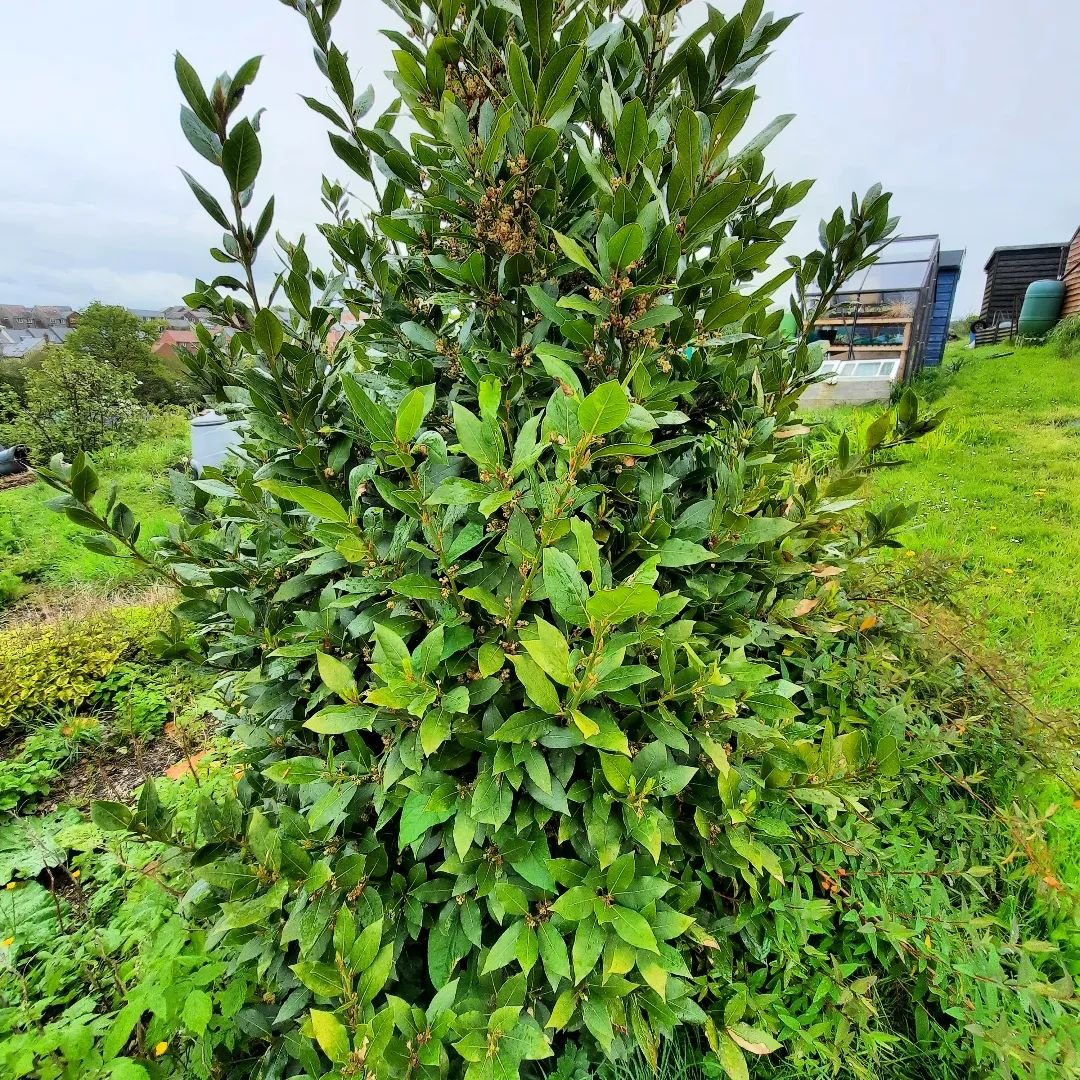
Bay laurel trees give us the bay leaves we use in cooking. In ancient Greece, people used bay leaves to make wreaths for winners. These trees stay green all year and smell nice when you crush their leaves.
13. Blackthorn
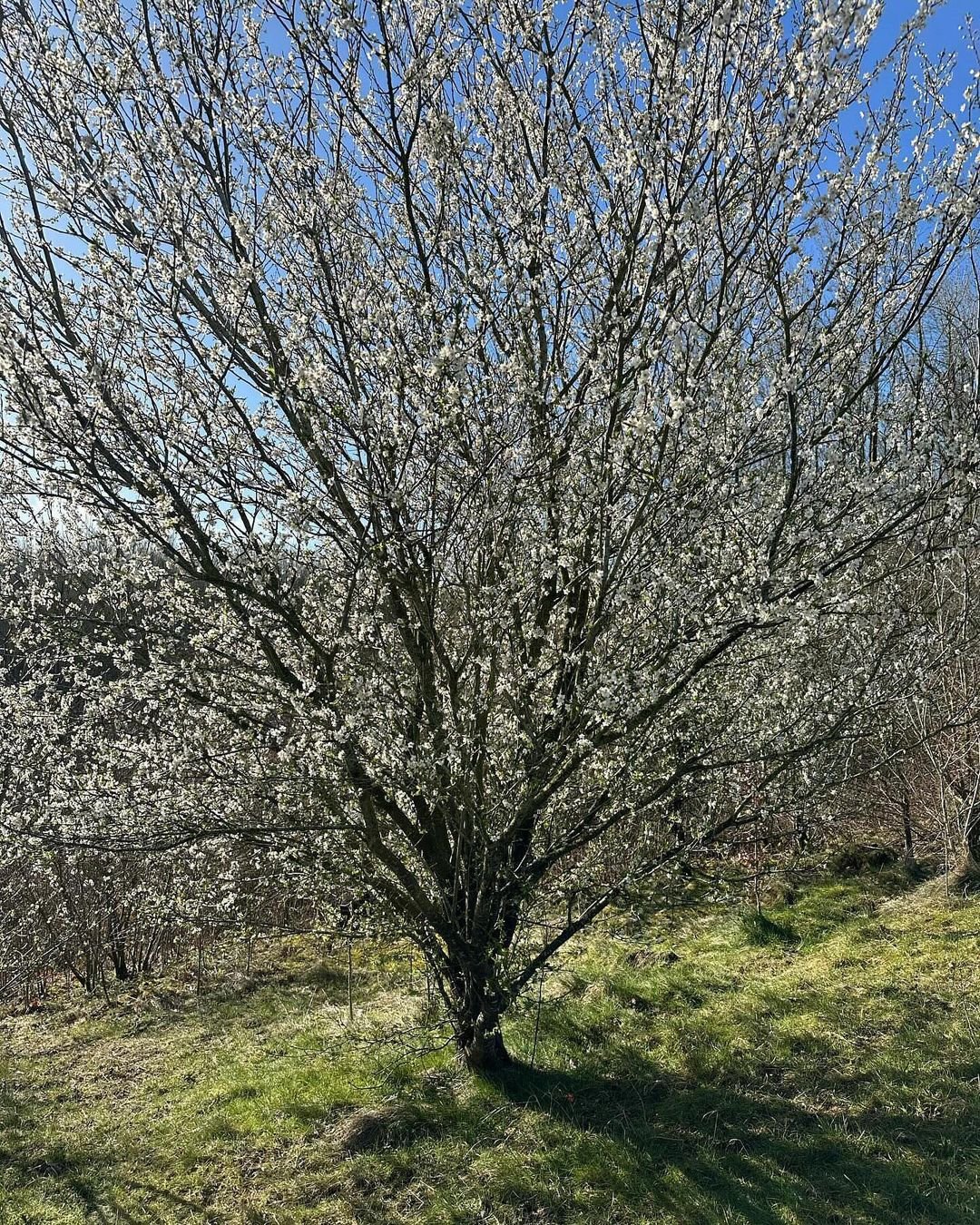
Blackthorn trees, also called sloe, have dark bark and sharp thorns. Their fruit is used to make a drink called sloe gin. In old stories, blackthorn wood was said to have magic powers.
14. Bigtooth Aspen
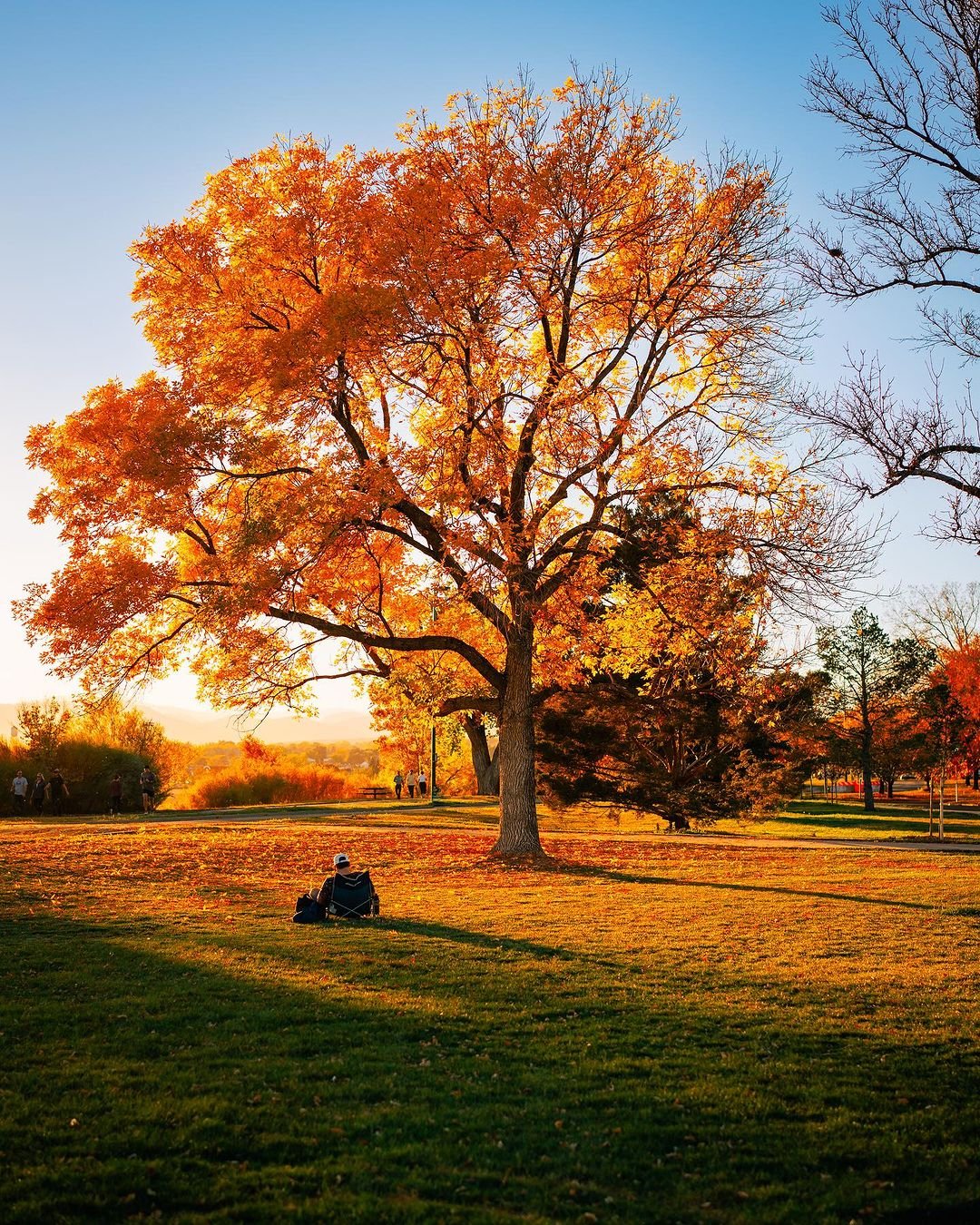
Like other aspens, bigtooth aspens grow in groups. They get their name from the big “teeth” on the edges of their leaves. These trees grow fast and help forests recover after fires. Explore aspen ecology from the U.S. Forest Service.
15. Black Cherry
Black cherry trees give us wood for furniture and fruit for pies and jelly. Birds love to eat the cherries. The bark of young black cherry trees has a pattern that looks like burnt potato chips. Learn about black cherry from Penn State Extension.
16. Bunya Pine
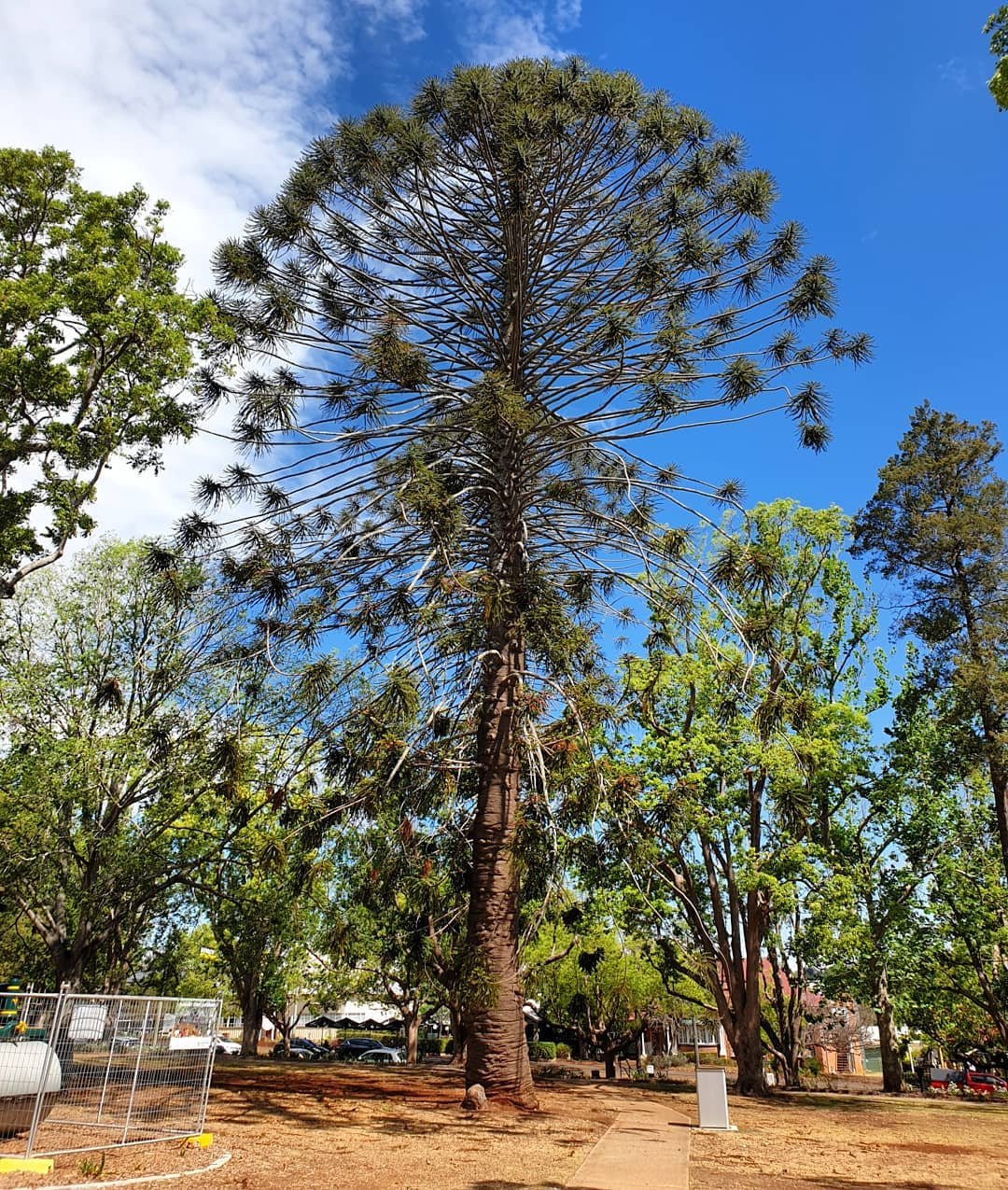
Bunya pines are not really pines, but they are big! They can grow over 100 feet tall. These trees come from Australia and have huge pinecones that can weigh up to 15 pounds. Be careful walking under a bunya pine!
17. Basswood
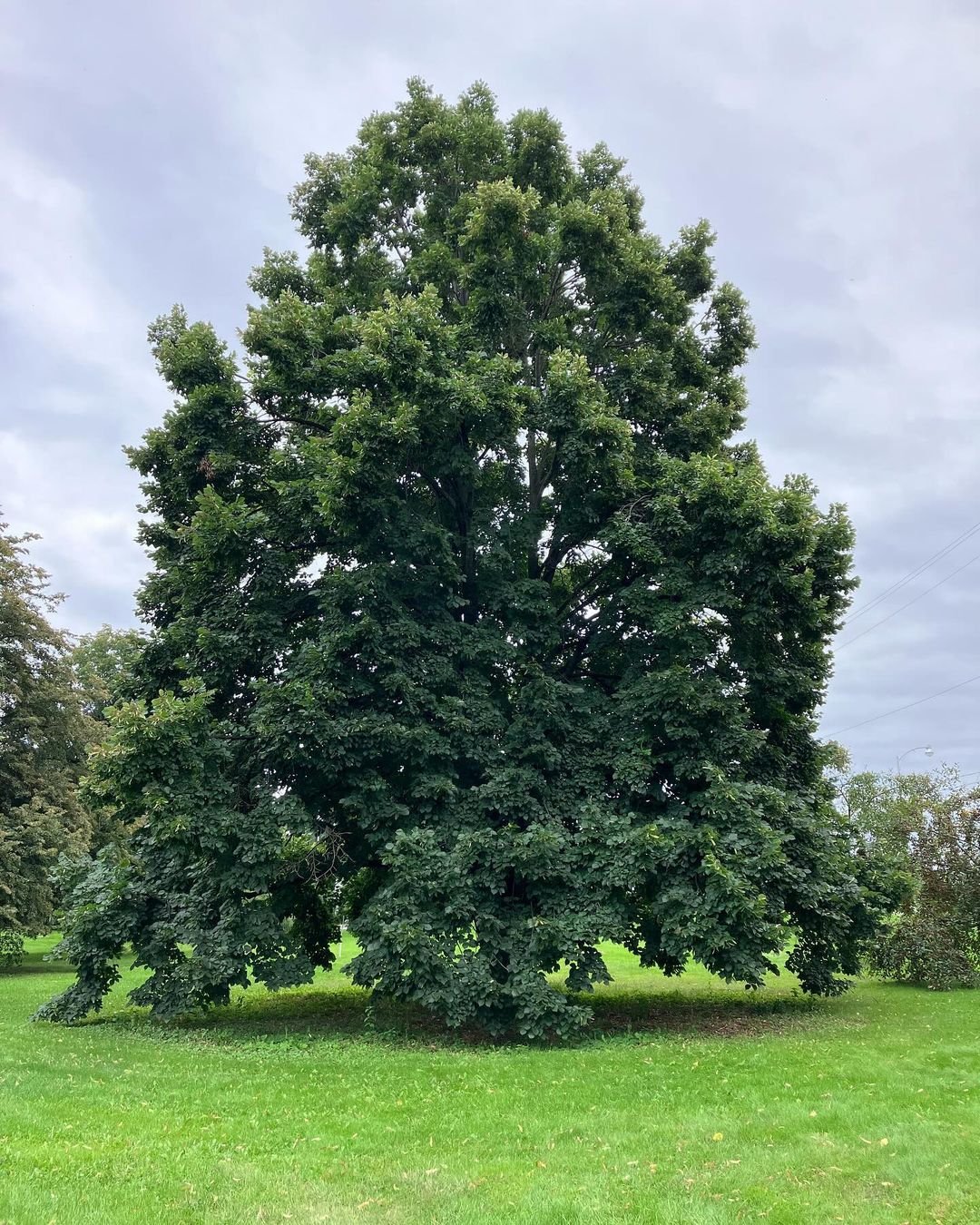
Basswood trees, also called linden, have heart-shaped leaves. Their flowers make great honey. The wood from basswood trees is soft and good for carving. Many Native American tribes used basswood bark to make rope.
18. Black Locust
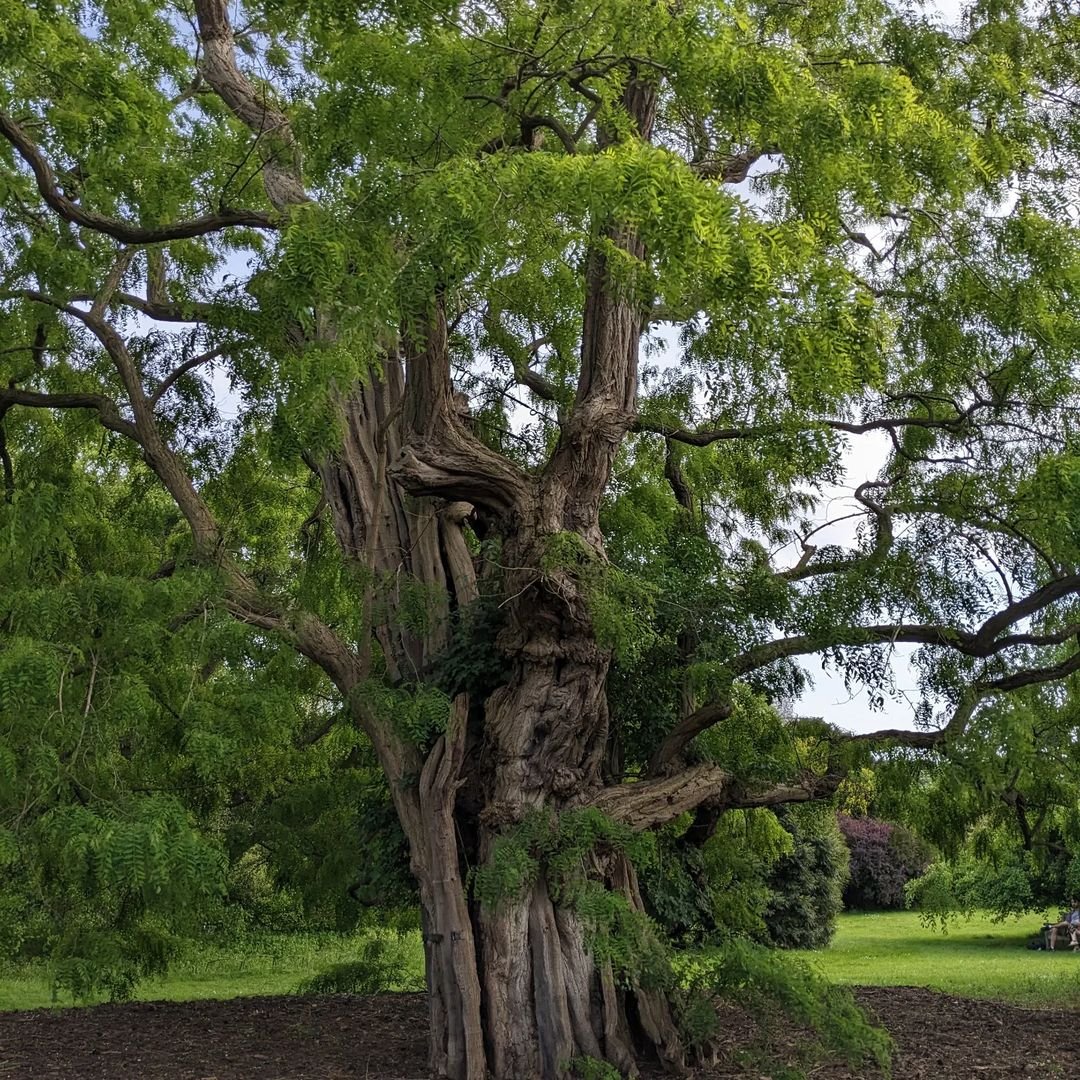
Black locust trees have strong wood that doesn’t rot easily. That’s why it’s often used for fence posts. These trees have pretty white flowers that hang in clusters and smell sweet. Discover black locust characteristics from the USDA.
19. Buttonwood
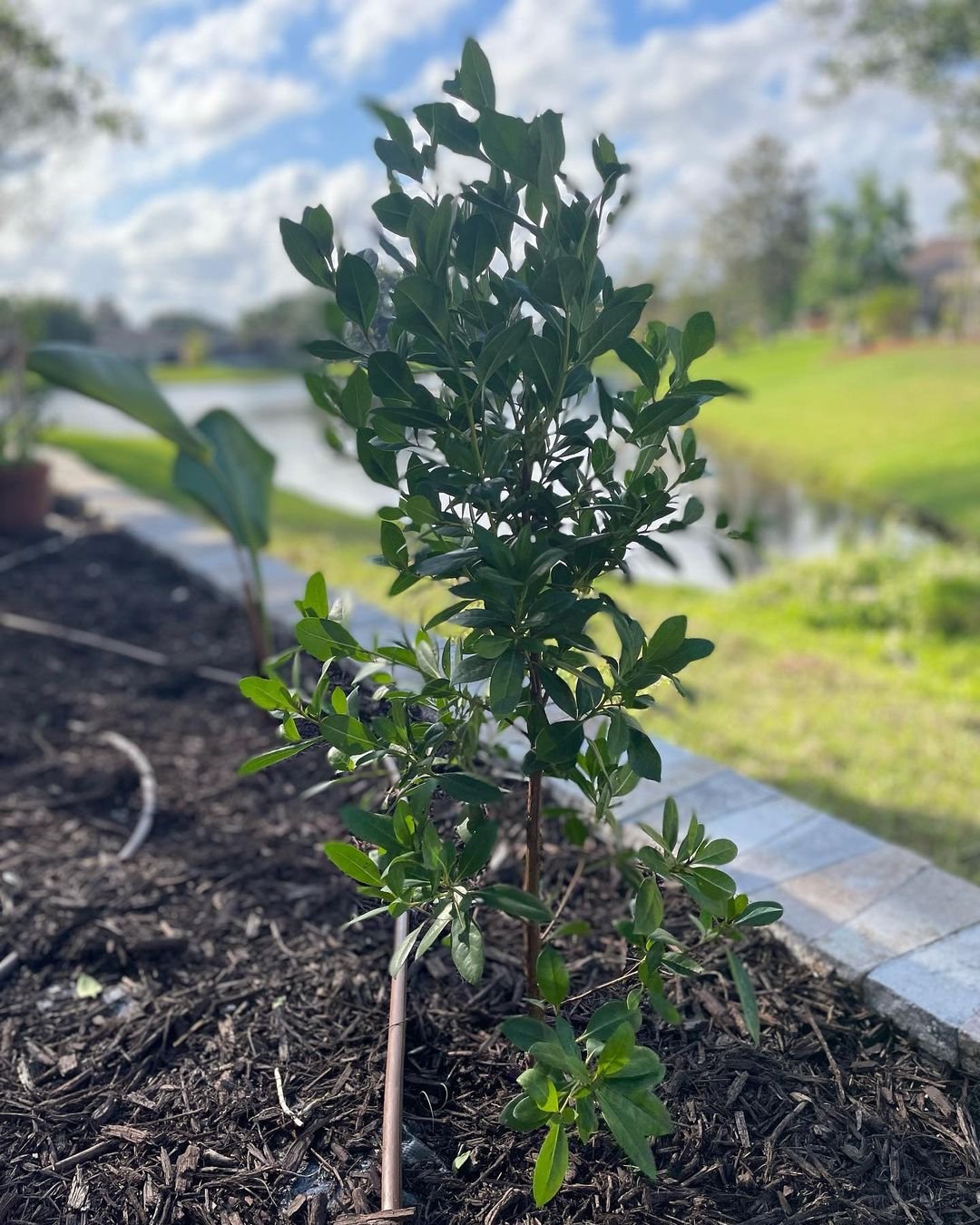
Buttonwood is another name for the American sycamore. These trees have bark that peels off, showing white, green and brown patches underneath. They often grow near rivers and can get very big. Read about buttonwood from the University of Florida.
20. Breadfruit
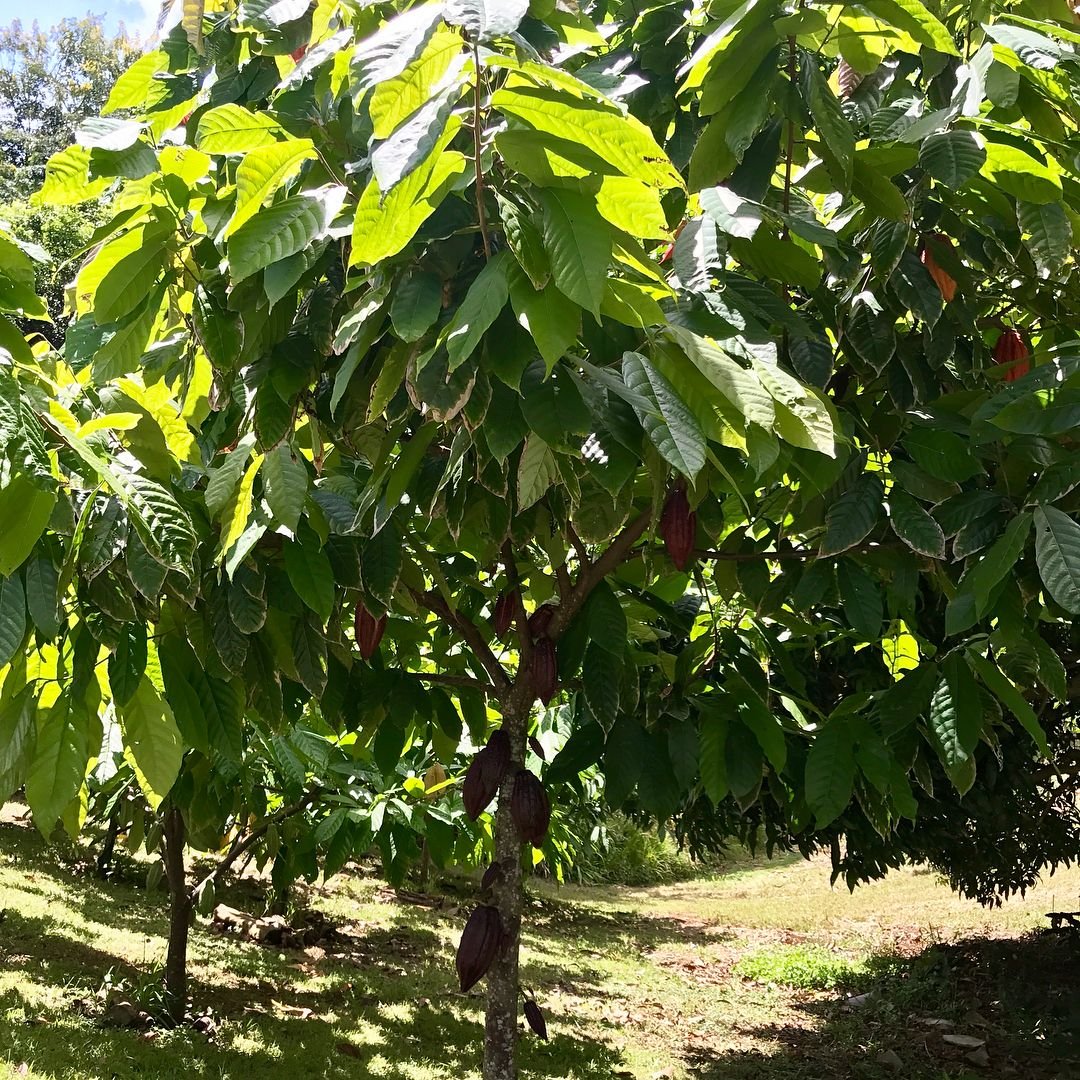
Breadfruit trees grow in warm places and give us fruit that tastes a bit like bread when cooked. One breadfruit tree can produce enough fruit to feed a family for a year! These trees were so valuable that they caused a famous ship mutiny in 1789. Learn about breadfruit from the University of Hawaii
Trees are not just important, they’re also really interesting. Each type of tree has its own story and special features. From the tall Bald Cypress growing in swamps to the strange-looking Baobab in dry African savannas, trees have found ways to live in all sorts of places.
Next time you’re outside, try to spot some of these B-named trees. You might be surprised at how many you can find! And remember, every tree you see started as a tiny seed. Just like these trees, you can grow and do amazing things too.
So go out, enjoy the trees and keep learning about the world around you. Who knows? Maybe you’ll discover a new type of tree someday, or find a way to help protect our forests. The possibilities are as big as the tallest tree!
For more gardening tips and plant care guides, visit usagardenhub.com.

